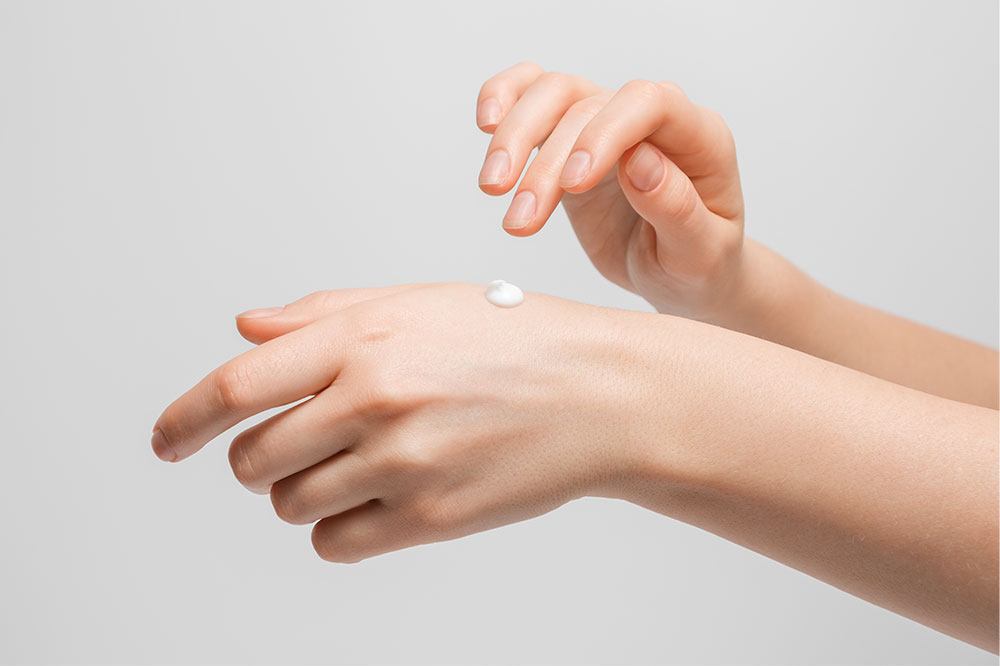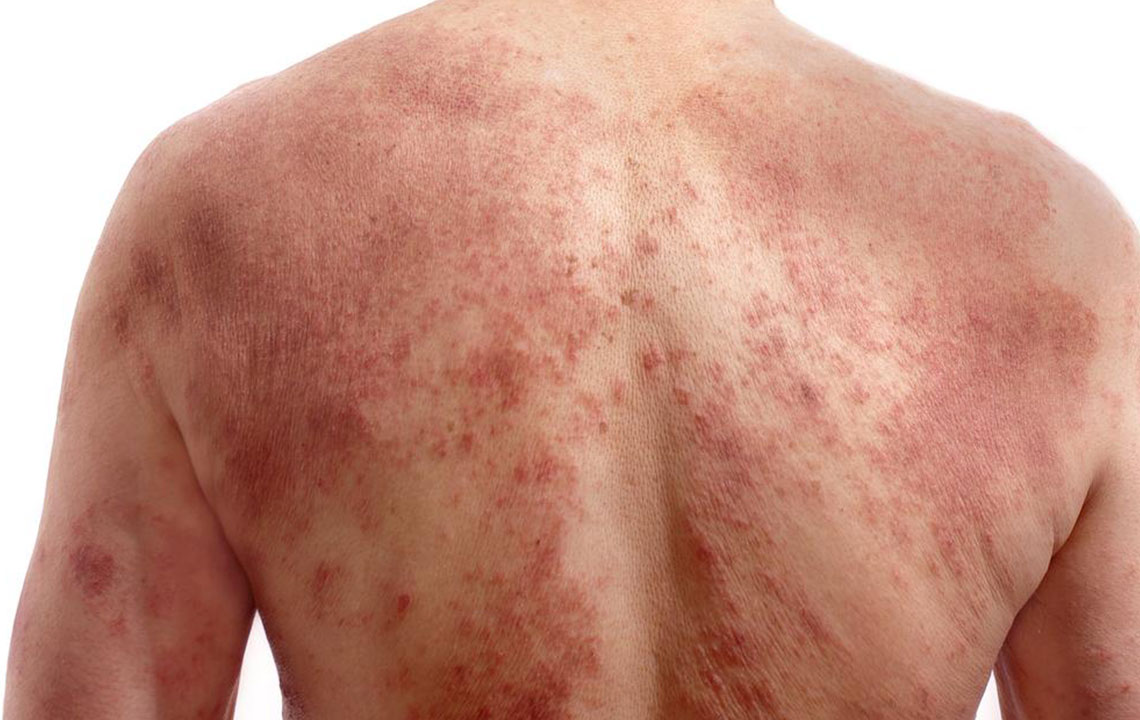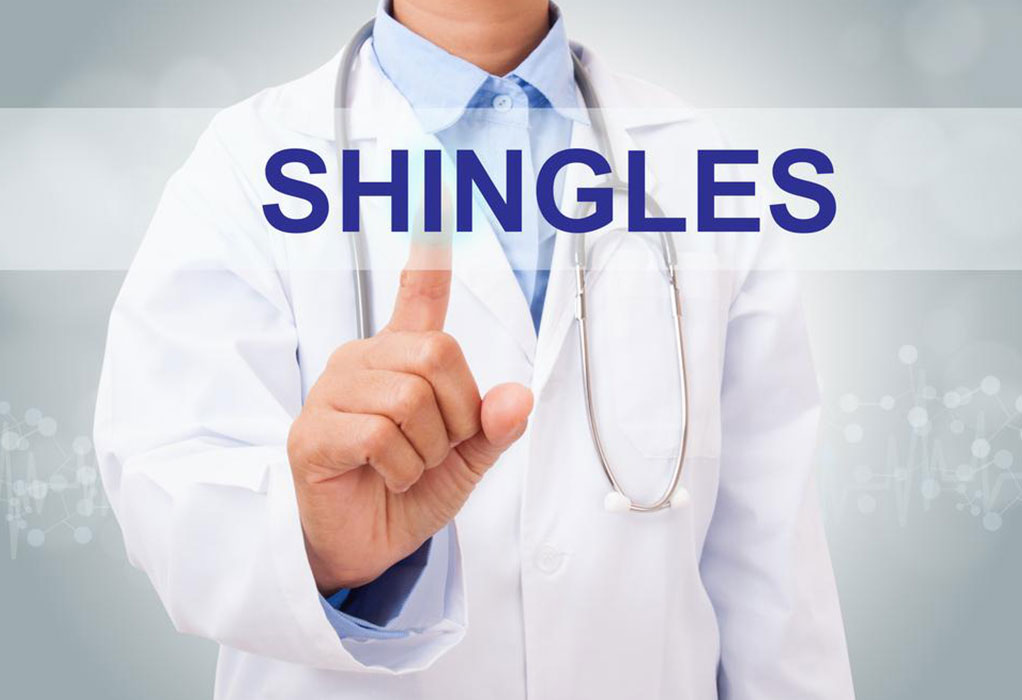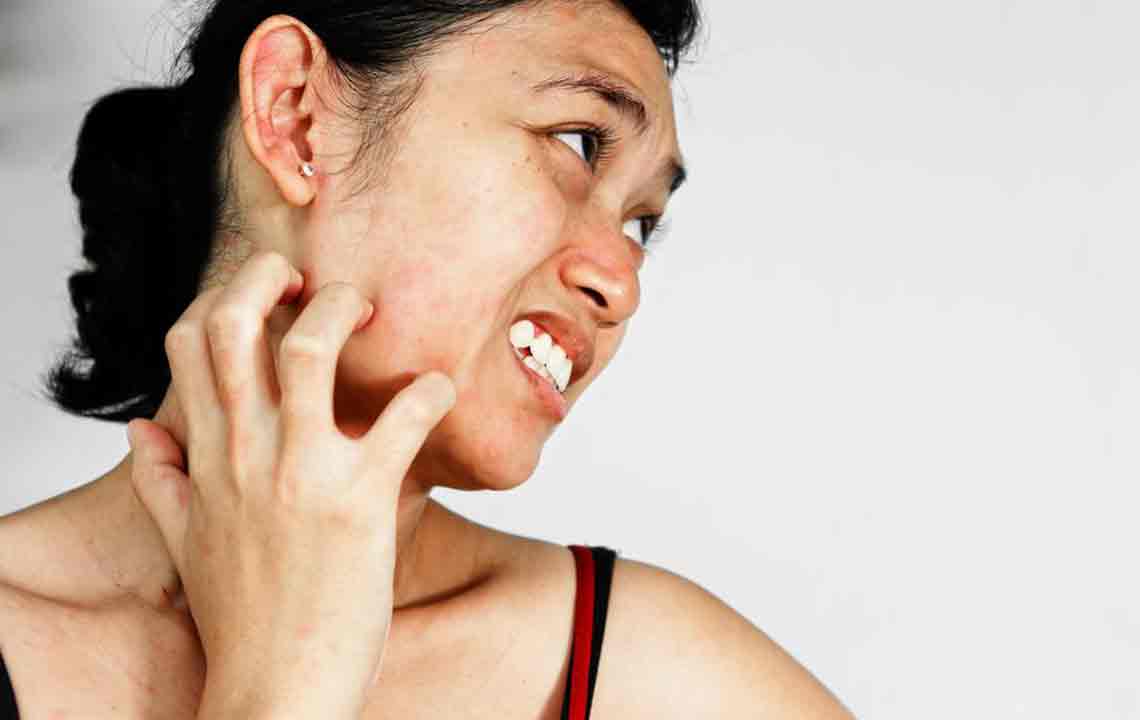Effective Topical Treatments for Shingles Discomfort
Discover effective topical treatments for easing shingles pain, including calamine lotion, lidocaine, capsaicin cream, and more. Consult a healthcare professional for personalized advice and relief during shingles outbreaks. Practice healthy habits to support recovery and manage symptoms effectively.

Effective Topical Solutions for Managing Shingles Discomfort
Shingles is a painful condition caused by the varicella zoster virus, the same virus responsible for chickenpox. It manifests as an uncomfortable rash lasting up to four weeks, accompanied by intense itching, burning, and pain. While symptoms can be challenging, various topical remedies can help ease the discomfort. Consulting a healthcare professional is essential to identify the most suitable treatment. Several ointments and creams are available over the counter to reduce pain and soothe irritated skin, providing relief during shingles outbreaks.
Here are some popular topical treatments for shingles pain management:
Calamine Lotion
This anti-itch remedy relieves irritation and protects the skin. Its astringent properties help reduce bacterial growth and prevent infection worsening, making it an ideal topical for shingles-associated itching.
Lidocaine
A numbing agent used to control pain, lidocaine is effective in various forms including sprays, patches, and lotions. Applying it directly to affected areas diminishes discomfort caused by shingles.
Capsaicin Cream
Derived from chili peppers, capsaicin temporarily blocks pain signals to nerves when applied to the skin. Care should be taken to avoid contact with sensitive areas like eyes due to its burning sensation.
Benzydamine Topical This anti-inflammatory cream helps soothe shingles pain and is available OTC. If itching worsens or breathing difficulties arise, discontinuing use is advised.
Diclofenac Gel
An anti-inflammatory topical that reduces pain and swelling. Apply a thin layer once daily over the rash for optimal results; discontinue if adverse reactions occur.
Aluminum Acetate Solution Although not a cream, this topical astringent can dry out infected skin areas. It’s typically prepared by mixing powder with water and should be used moderately, stopping if symptoms worsen.
Using these topical options and practicing healthy habits, including proper nutrition, rest, and gentle exercise, can support recovery. Always consult a healthcare provider for personalized treatment recommendations and follow their instructions for any prescribed creams.









